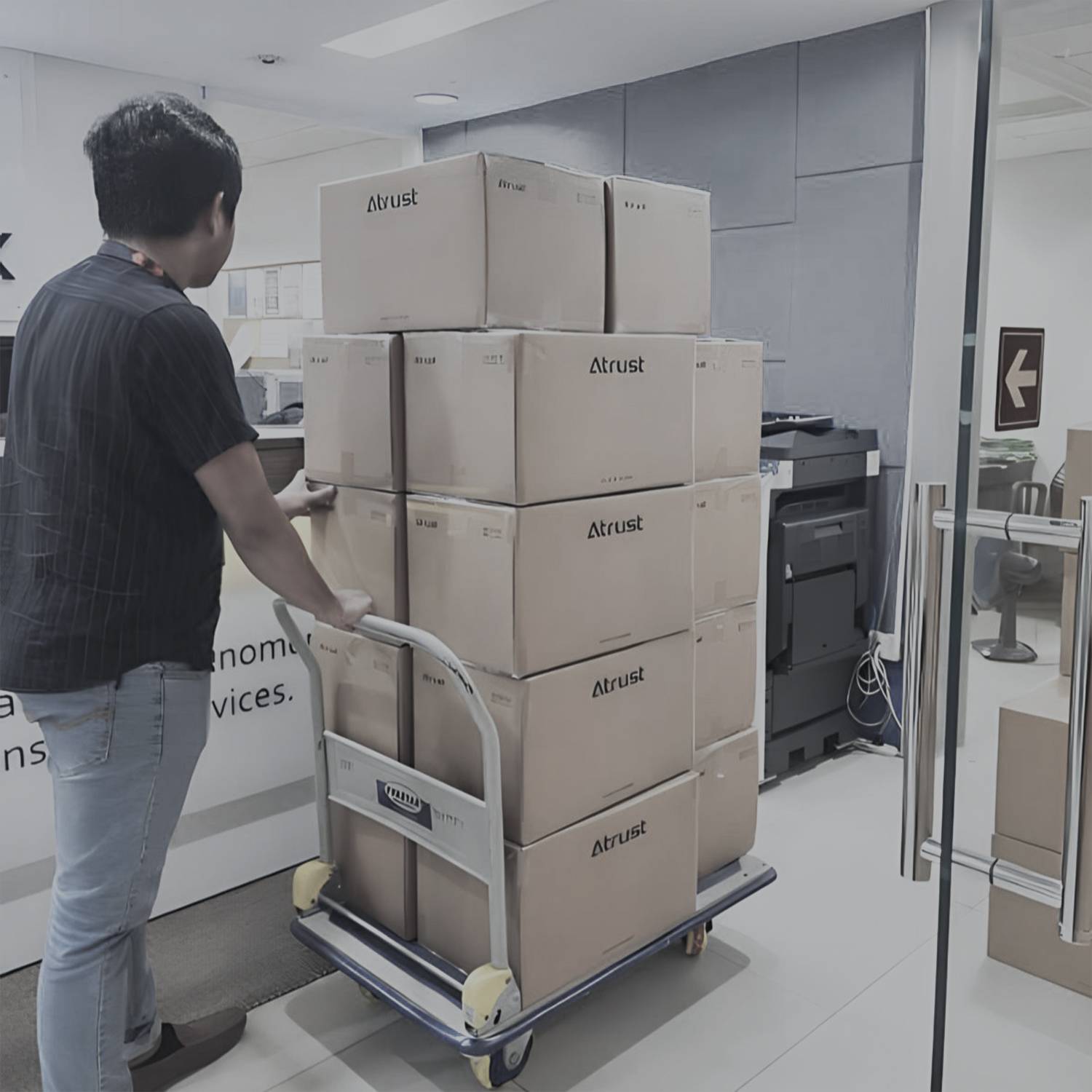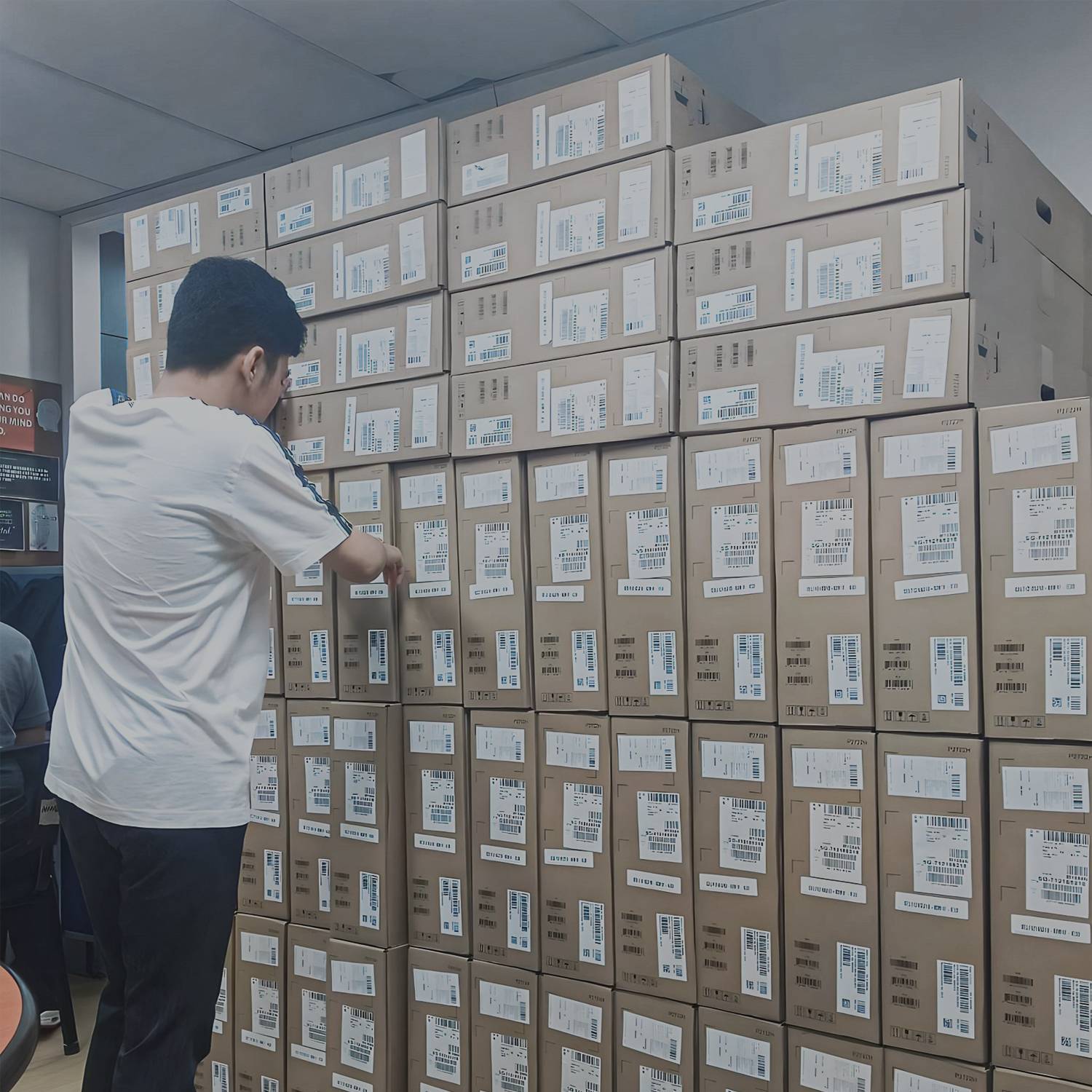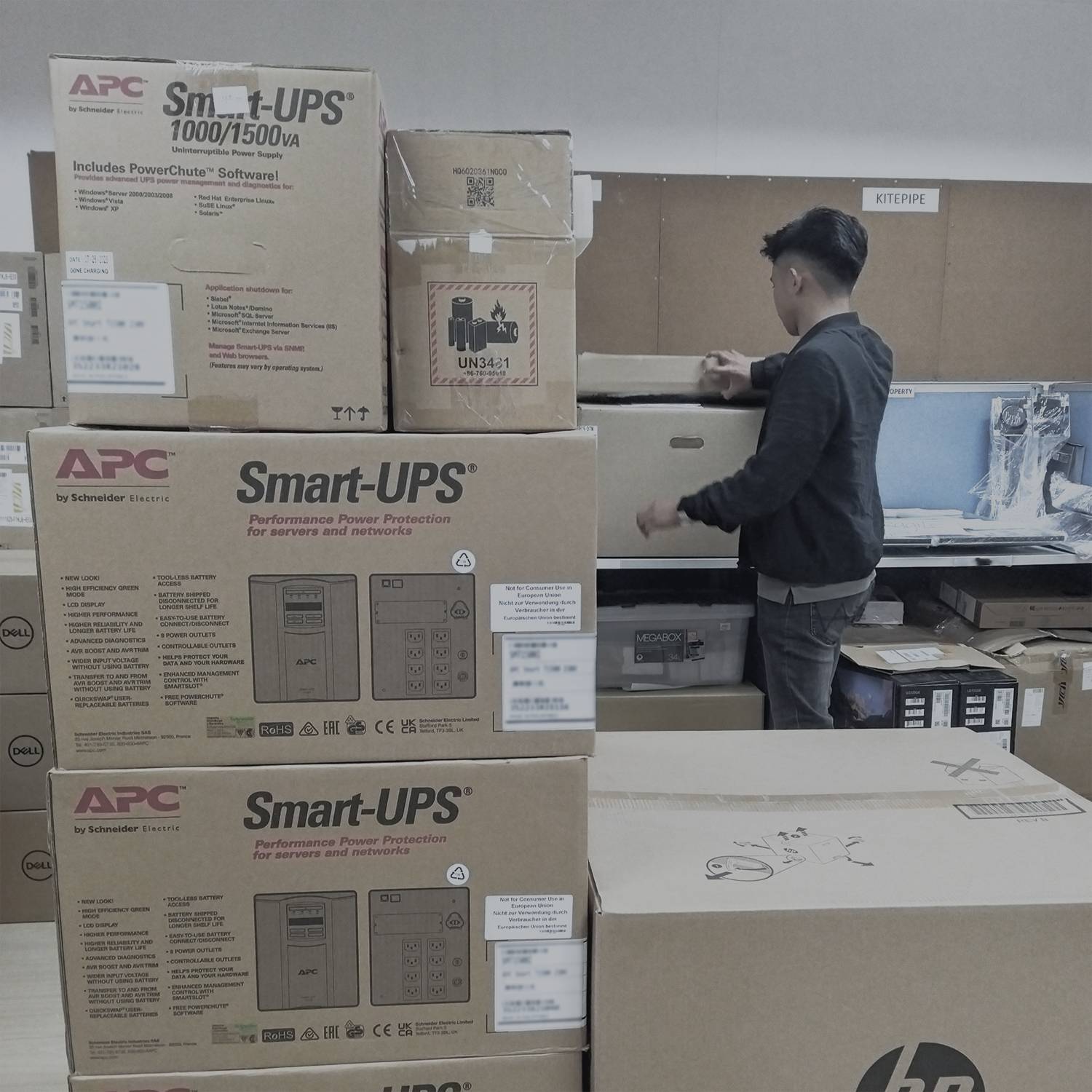One of the key advantages of using thin clients is centralized control. This means that all thin clients on the network are managed from a central location. This makes it much easier to install updates, patches, and security fixes on all devices at once. It also makes it easier to troubleshoot problems and monitor the performance of the network.
SIMPLIFIED UPDATES:
Thin clients are typically updated through a process called “imaging.” This involves creating a master image of the thin client operating system and applications. The master image is then deployed to all thin clients on the network.
This process makes it much easier to update thin clients than traditional endpoints. With traditional endpoints, each device must be updated individually. This can be a time-consuming and error-prone process.
REDUCED DOWNTIME:
Centralized control also helps to reduce downtime. When a thin client needs to be updated, it can be done without taking the device offline. This is because the update is applied to the master image, which is then deployed to all thin clients on the network.
This means that employees can continue to work while their thin clients are being updated. This is in contrast to traditional endpoints, which must be taken offline to be updated.
EFFICIENT IT MANAGEMENT:
Centralized control also makes IT management more efficient. IT administrators can use a variety of tools to manage thin clients from a central location. This includes tools for installing updates, troubleshooting problems, and monitoring performance.
This can save IT administrators a lot of time and effort. With traditional endpoints, IT administrators must manage each device individually. This can be a time-consuming and challenging task.
Overall, centralized control is a key advantage of using thin clients. It makes updates, troubleshooting, and performance monitoring much easier. This can lead to simplified updates, reduced downtime, and efficient IT management.
Here are some specific examples of how centralized control can improve IT management:
- A company with a large number of thin clients can use centralized control to deploy a new update to all devices at once. This can save the IT department a lot of time and effort.
- A company with thin clients in multiple locations can use centralized control to troubleshoot problems remotely. This can reduce downtime and improve employee productivity.
- A company with thin clients in a secure environment can use centralized control to monitor performance and ensure that all devices are meeting security requirements.
Overall, centralized control is a powerful feature that can help businesses to improve the efficiency, security, and scalability of their IT infrastructure.











